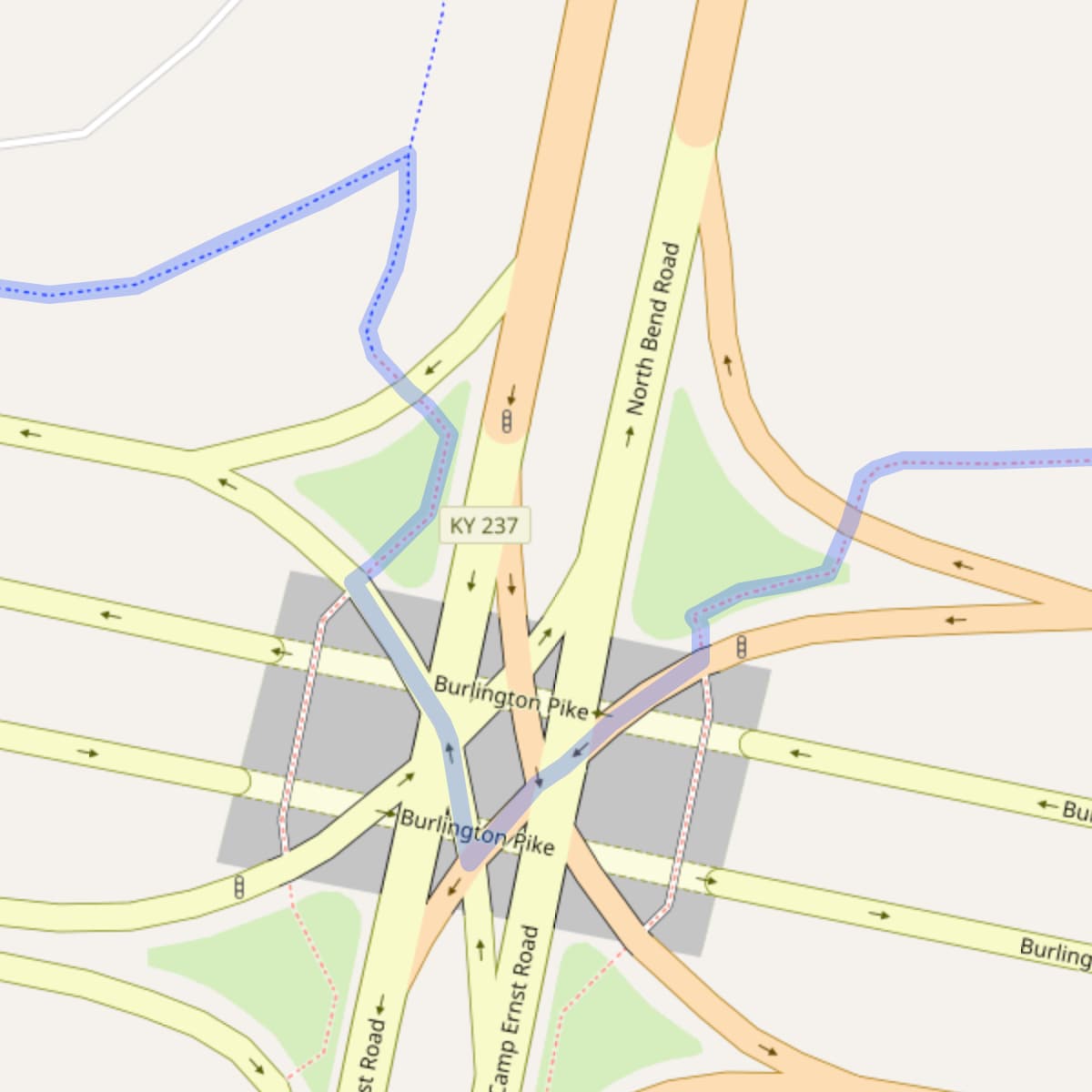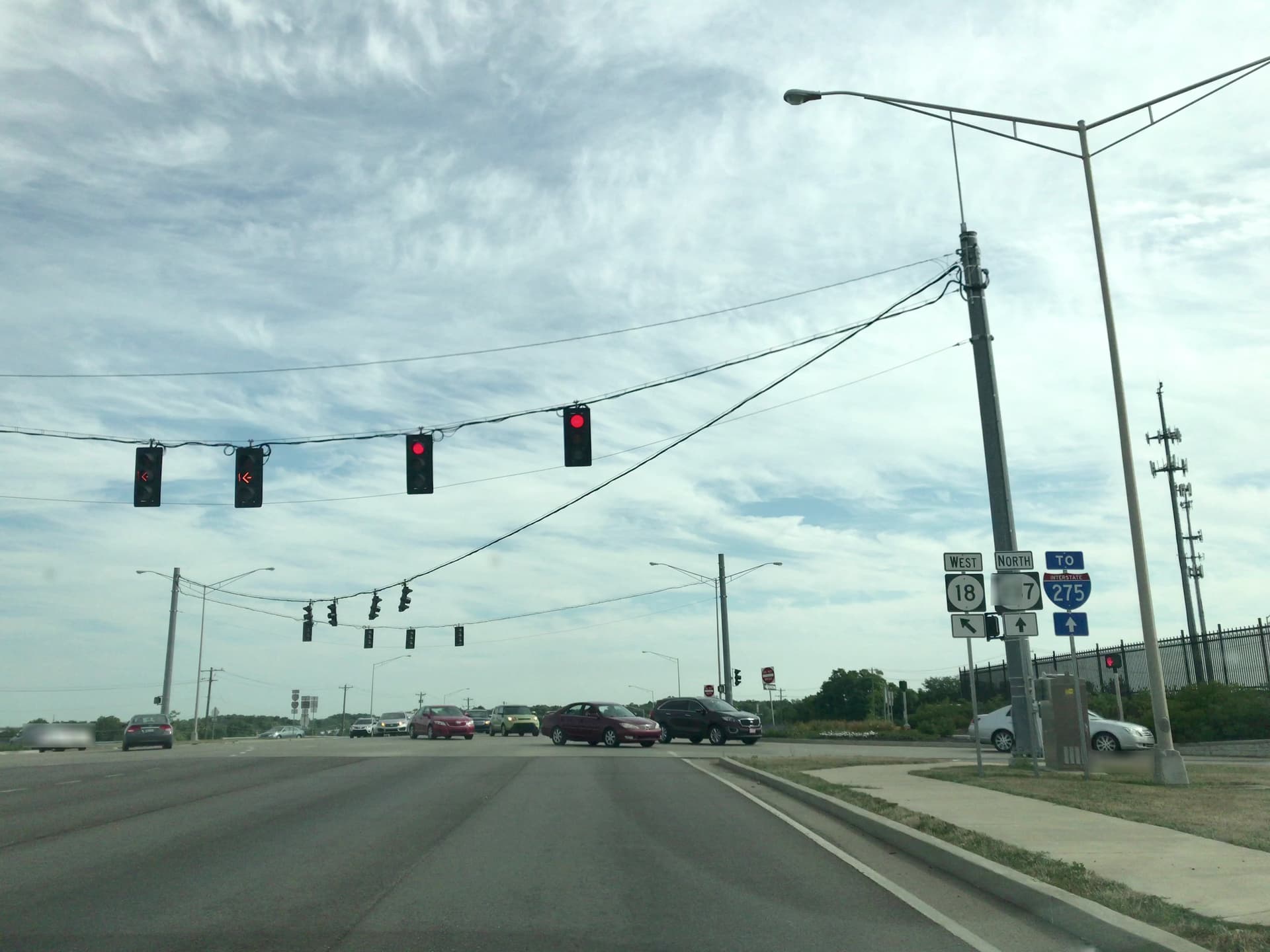This is a consideration that varies considerably from one locale to another. On one end of the spectrum are countries like Vietnam where crosswalks are rare, and the normal way to cross a busy street is to hold up your hand and cross anywhere as dozens of speeding motorcycles swerve around you. As I mentioned earlier, the U.S. is at the other extreme: in some cities, people without mobility issues do routinely jaywalk, but elsewhere, they seldom do, which means drivers are unaccustomed to watching out for someone who is crossing the street.
Either way, a router that glosses over implicit safety considerations would have to lean quite heavily on its disclaimer of liability – hardly an incentive for developers and users to trust OSM for accessibility.
Right, sidewalk mapping shouldn’t be a zero-sum game. From a typical router’s perspective, there are very few things that would disqualify a way entirely, like access=no or hazard=dragon; the rest is about balancing priorities and penalties.
That balance is difficult to achieve. In principle, each of these very common examples of poor routing could be solved by omitting detailed sidewalk ways or by having the router avoid all roadways. But sometimes using the roadway is truly required and probably safe. Other times, it’s probably legal but very risky. Is cutting out a 1½-mile-long detour worth the risk of road rage and serious injury? I’m not sure that a router should automatically answer that on behalf of a pedestrian visiting an unfamiliar place. At most, a router might present a shortcut as an alternative for the user to select at their own risk, but not as the main route.
The more context we can give routers, the less that routers will need to guess without the benefit of local knowledge, and the more that end users can trust what the routers recommend. There are indeed many use cases, not all of which are satisfied by a one-size-fits-all routing profile. Just as micromapping has given rise to alternative rendering styles and even 3D rendering, maximizing detail about pedestrian infrastructure can promote the development of alternative routing profiles for additional use cases.

